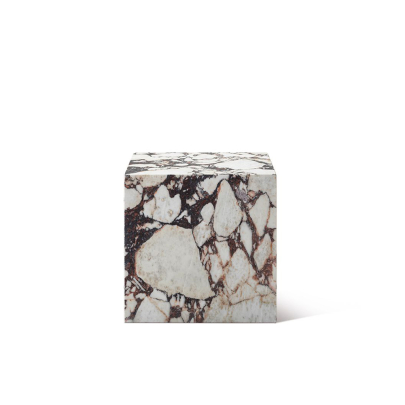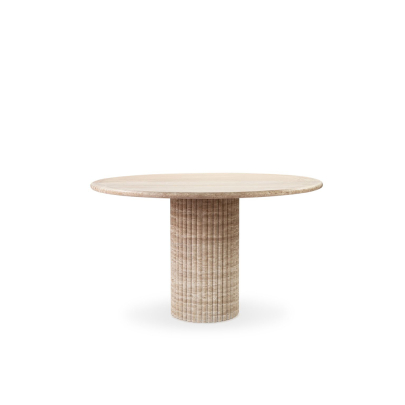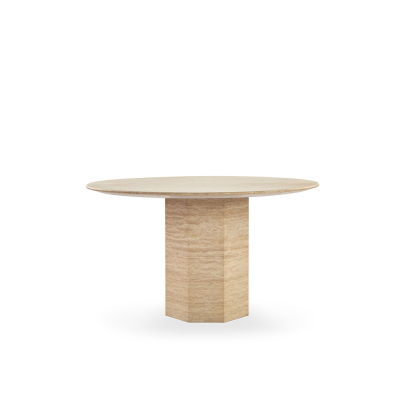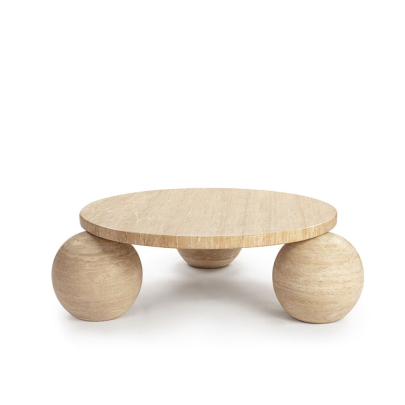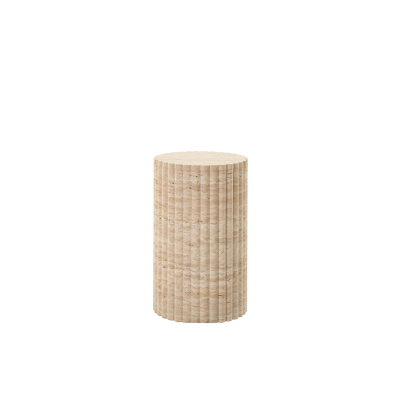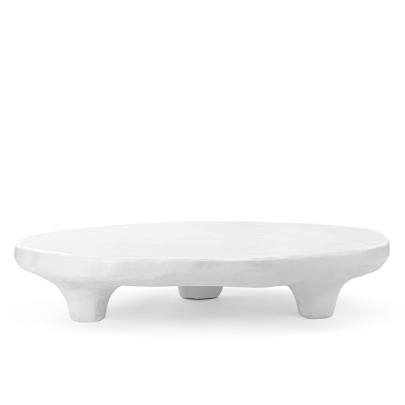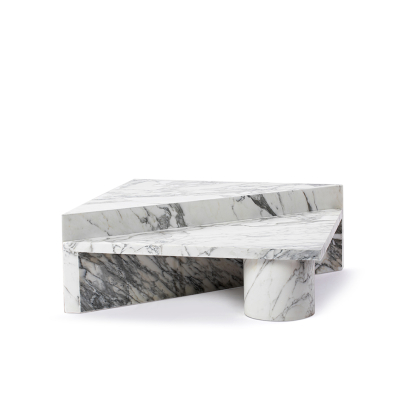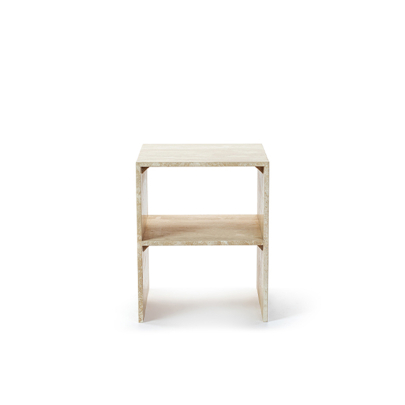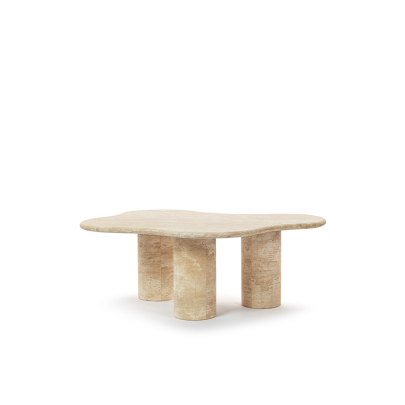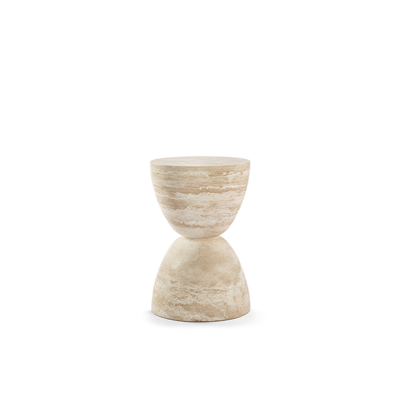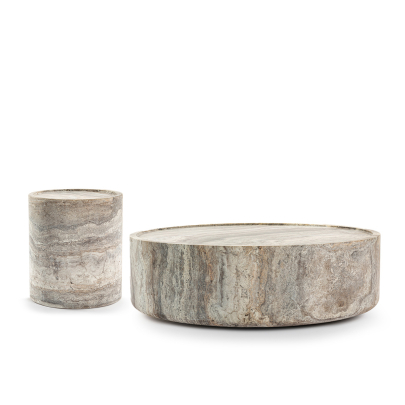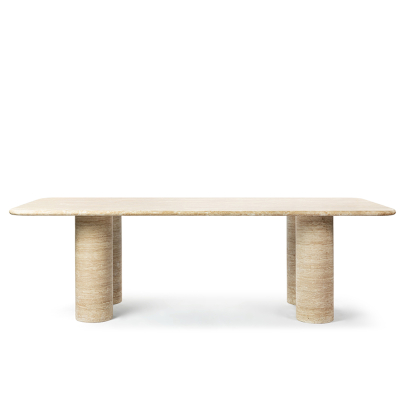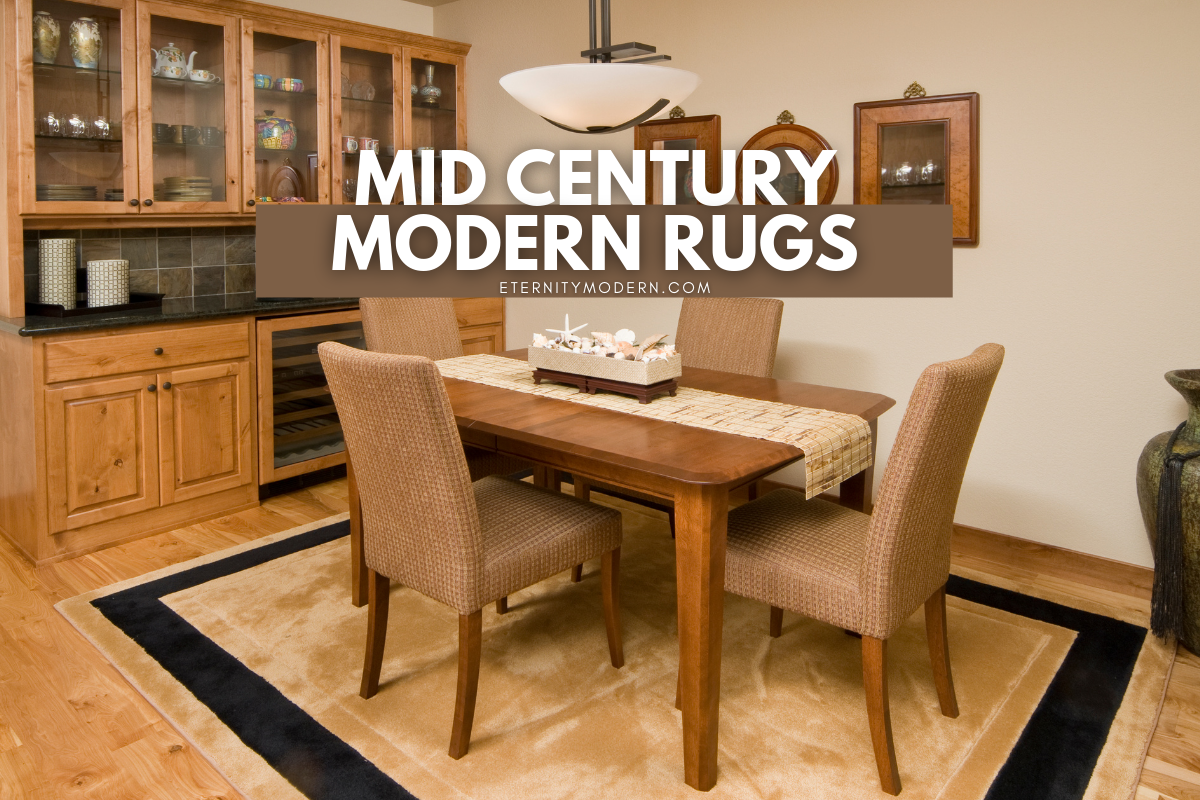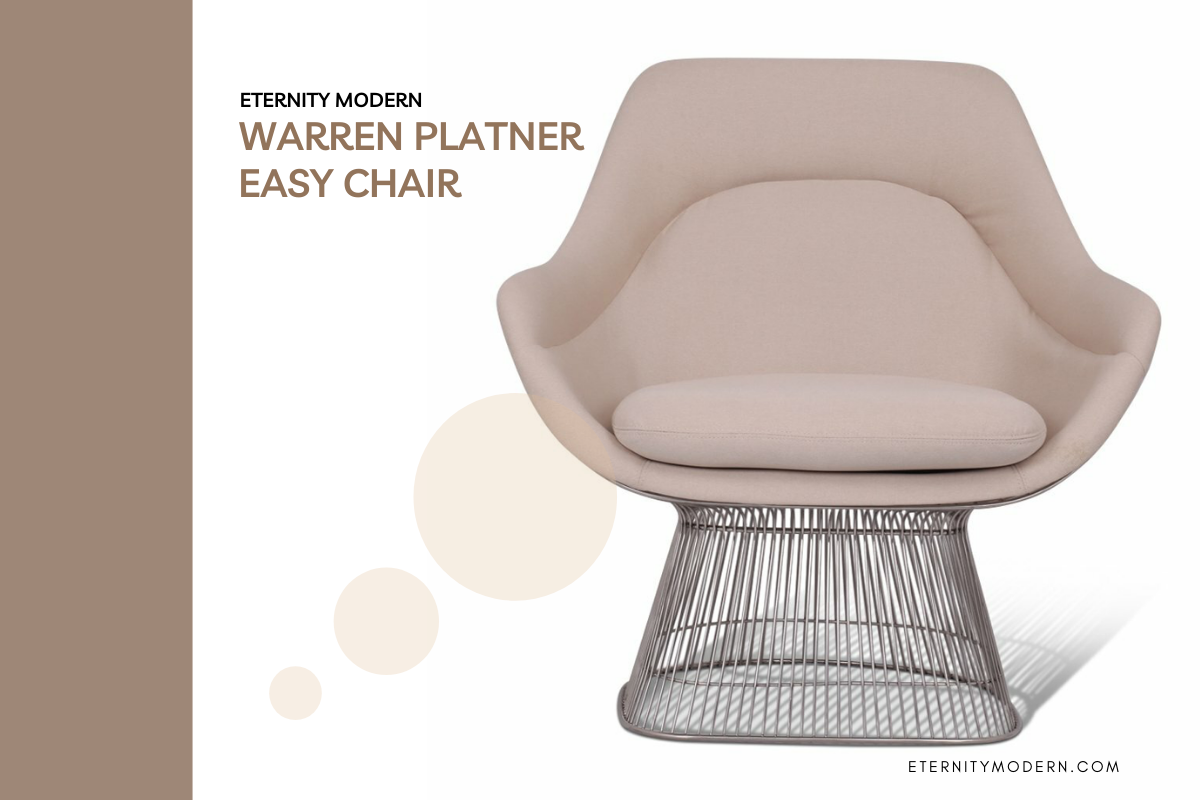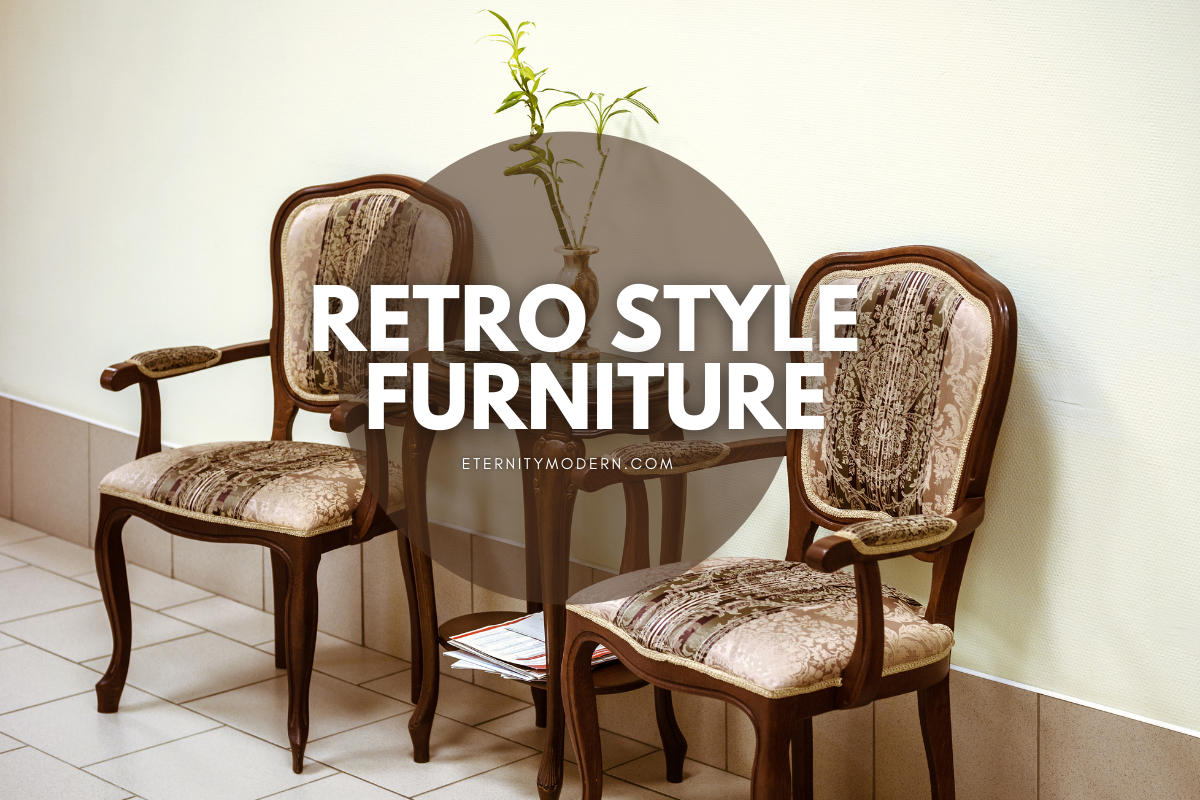
Retro-inspired furniture and interior design have made a noisy comeback in the last couple of years. But wait a minute! What exactly is retro style furniture? Does it work for your mid century modern, modern bohemian, or Scandinavian living room? Read on to find out more!
Retro Demystified!
Retro, Vintage, Antique, Scandinavian, and Art Deco are labels that have been used loosely and interchangeably in the furniture market and don't have a clear-cut agreed-upon definition amongst designers, manufacturers, collectors or buyers. As a result, many people cannot clearly define what these words mean. In fact, these terminologies may mean different things to different people.
For most designers and manufacturers, retro style furniture can be considered vintage, but certainly not antique. Antique furniture is commonly classified as anything that is over 100 years. On the other hand, vintage furniture refers to furniture that was made in the 20th century.
In this article, we'll demystify these terminologies and then go ahead to explain what Retro style furniture is and how you can identify it.
What Exactly is Retro Style Furniture?
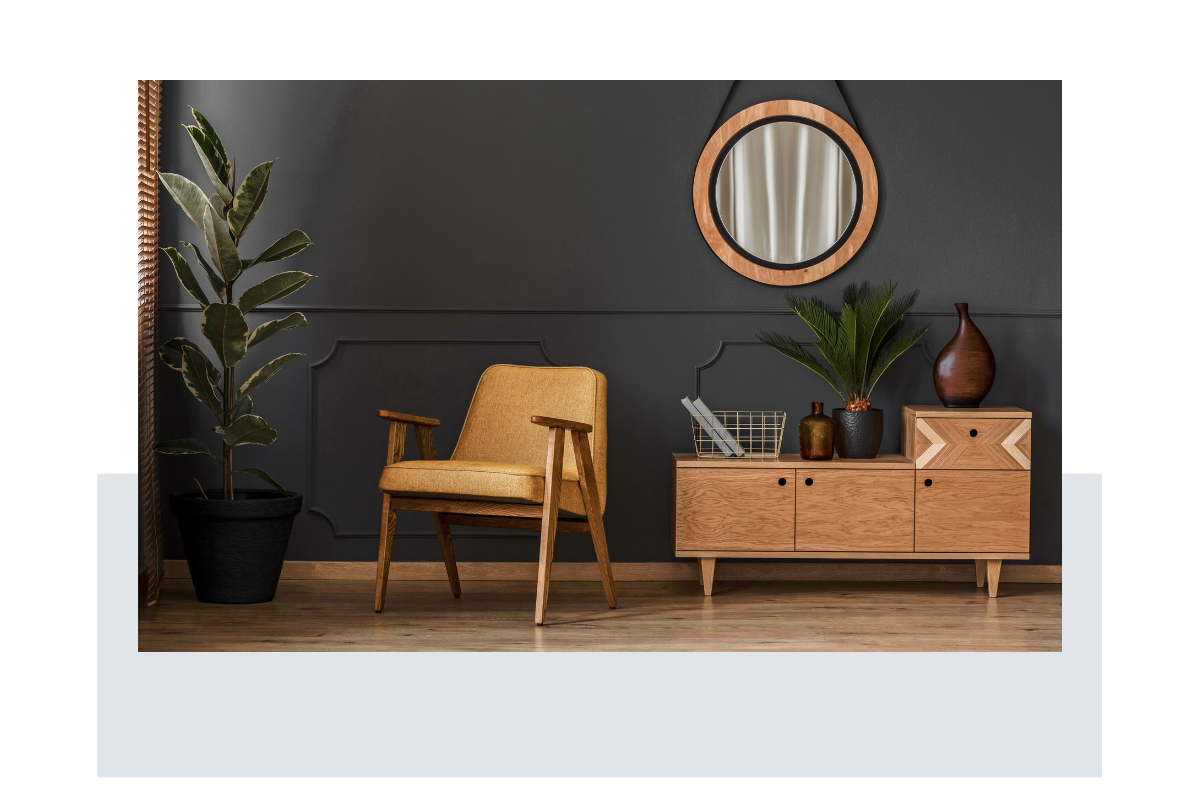

Generally speaking, retro style furniture refers to furniture that is periodically outdated in a style that has since become aesthetically and functionally vogue once again. This is furniture that reminisces with nostalgia to styles that were popular in the 20th century, specifically during the '50s, '60s, and '70s.
Therefore, it's correct to say that retro style furniture is synonymous with mid century modern furniture. In actual fact, it should be labeled so in the strictest sense. But there's an exuberant, light-hearted connotation with the word retro as opposed to mid century modern.
Definitions aside, here's the good news: retro can have a broad meaning and sometimes its application boils down to personal choice. For the most part, it is subjective, and that's the beauty of it. Moreover, it can be deliberately kitsch.
Retro furniture design is everything but easygoing and casual; it's busy, shouting and definitely groovy. It's no surprise then that this style is especially appealing to independent, cheerful, and free-thinking people. In most cases, retro is not for the faint-hearted!
How Retro Style Furniture Evolved
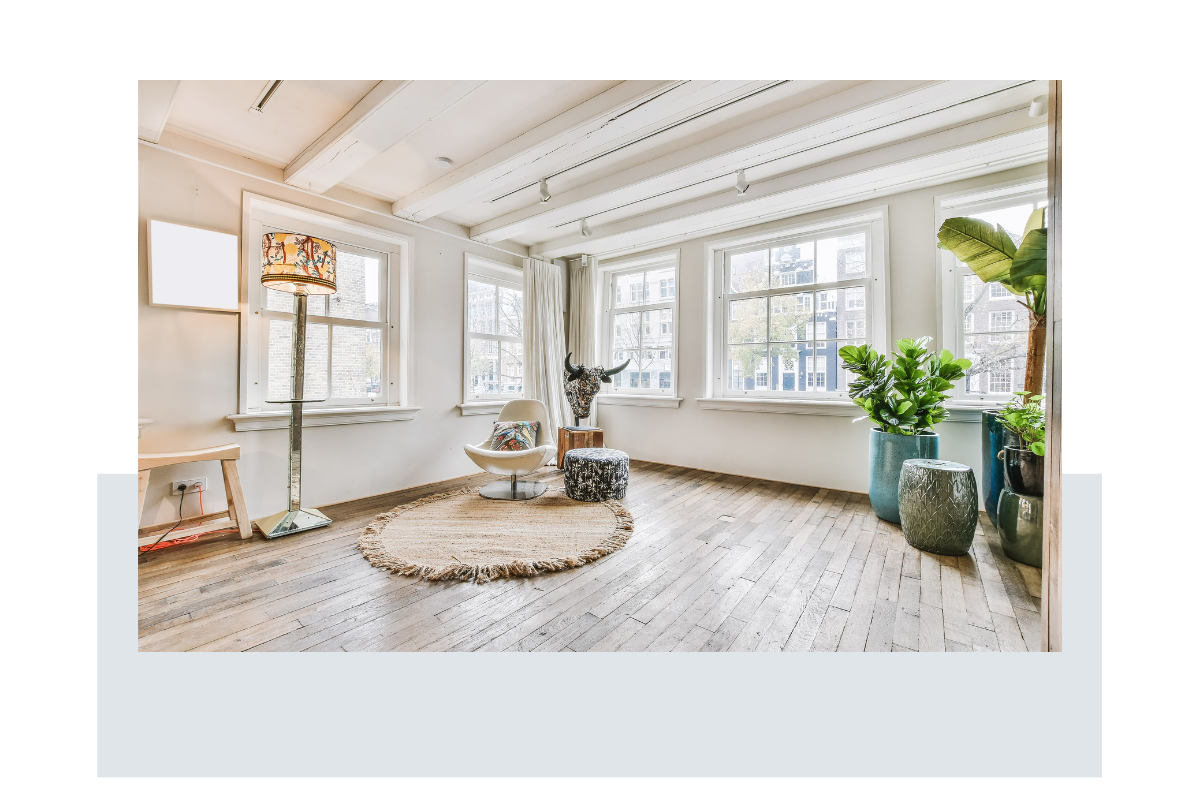

Retro furniture came into existence against a background of the world wars period. During this time, the youthful and active populace was trying to propagate peace, love, and harmony by all means possible, including through interior design and furniture creation. It was a time of progress that heralded the entry of uncommon, modern materials for furniture production. These trends were a sort of protest and, at the same time, a revolution.
When speaking of retro style furniture, the 50s, 60s, and 70s are regarded as the golden years. The hallmark of many furniture designs was natural and dark materials such as mahogany and teak.
Significantly such modern materials as fiber, steel, glass chrome, and plastic quickly gained popularity. You could think of such iconic pieces such as the Egg Chair, Wassily Chair, or the Tulip Table that were designed and built from some of these new materials.
In the '50s retro furniture included mid century modern dining tables topped with Formica and chrome bar stools. During this period, the furniture style was sleek in appearance against a boldly patterned wallpaper backdrop.
Come the '60s, and the furniture became more playful, with vivid patterns laced with splashes of color. Still, the low coffee tables and sideboards maintained their popularity in this era.
A notable change came through during the '70s. Furniture became significantly chunky and bulkier and less sleek. The bold colors that were dominant in the previous decade were replaced by more earthy tones of green and brown and autumn colors.
Distinctive Features of Retro Style Furniture
Initially, retro furniture was relatively clear, minimalist, and simple in form. Depending on the furniture in question, these pieces were upholstered with either new techniques such as longitudinal or traverse seams, or a combination of traditional and new.
The mix of materials in the mid century modern furniture was a trendsetter back in those days. In most cases, materials were mixed, such as a cabinet with a wooden structure and metal feet or a solid wood tabletop with a metal or fiberglass support frame.
Wood and leather are two materials that were a favorite combination, mostly mixed in different shades. Metal and leather were also a popular pairing, and it showed in classic mid century modern pieces like the Corbusier lounge chair, Platner stool and Bertoia chair. Additionally, the living rooms had lots of cloth such as sofas, pillows, curtains, rugs, and so forth. Then to crown the style was lots of live plants. No wonder retro living rooms concepts have a cozy vibe.
Keep in mind that the average retro living room or bedroom has a variety of colors. Being an age of exploration and change, the designers of this era were daring enough to make bold statements with their decor. They made use of primary colors, which may seemingly appear childish, but in darker shades which made a bold statement when coupled with more intricate prints.
Retro Style Furniture Eternally in Vogue
The basic idea of retro style furniture was to create a homely and heartwarming interior. It is this idea that has made it perennially appealing to many. The distinctive, unconventional shapes and natural colors have contributed to this perpetual charm.
Retro style furniture can be introduced into an interior in varying degrees that range from placing a few pieces to having an entire collection. This is one of the reasons retro has become fashionable again. Your interior can look eclectic, elegantly simple and offer the ultimate comfort while mix-matching retro and contemporary furnishings.
Retro furniture has a unique aesthetic appeal, and these pieces are a good value for your money if you desire a decorative utility item. Combining retro style furniture with modern elements turns living spaces into elegant and gorgeous interiors.
Is Retro Style for Me?
It is not rocket science to materialize the retro spirit into your interior space, even if not all components are performed in this style. It is best to use some pieces from other styles and place them alongside retro furniture for the best aesthetic effect.
Whether in furniture or the entire interior design, some feel that retro style is a tricky affair to implement. On the one hand, you may desire the elegant feel that is synonymous with interiors of mid century modern. On the other hand, it's very easy to pull off an interior that would look like grandma's house.
That said, there's a fine line between paying homage to the superb aesthetics of the past and creating a time warp. With the right guidance, it is possible to introduce retro furniture into your space without feeling frozen in time.
Try it out Yourself
If you want to go retro furniture style, here's the good news: there no rules to follow! Retro is all about your taste, your style. Add some mid century modern lighting next to a retro sofa. You don't have to be meticulous to ensure that your select furniture matches other styles. Simply apply the style to the measure that feels comfortable to your eyes as you incorporate new elements to your current furniture items.
What is more, they are versatile; hence, you can incorporate them into your space without having to rethink the design of the whole space. While many say that retro furniture is best when it is mixed with other furniture styles as opposed to implementing it in the entire room, it's entirely up to you how far you take it.

